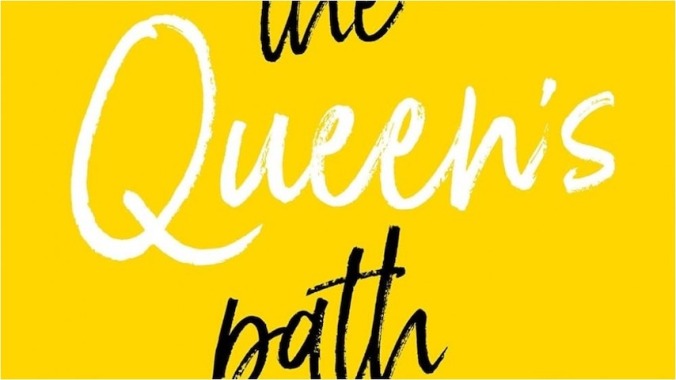This Excerpt From The Queen’s Path Explores a New Alternative to the Patriarchy of Storytelling

Joseph Campbell’s The Hero With a Thousand Faces is likely quite well known to anyone who has ever studied literature, an exploration of the archetypal themes and narratives found in world myths. His theory has been embraced by many modern writers and artists: George Lucas, for example, frequently discussed the influence of his work on the Star Wars films.
But while Campbell’s idea of the hero’s journey has become a staple when it comes to how we understand the art of storytelling, it predominantly fits male experiences and doesn’t account for the unique challenges women face. In The Queen’s Path: A Revolutionary Guide to Women’s Empowerment and Sovereignty, Dr. Stacey Simmons argues that women’s stories, which are shaped by very different societal and cultural experiences, require a different narrative framework. According to her, women deserve an archetypal journey of their own, focused on overcoming patriarchy and achieving sovereignty on their own terms, telling their own stories in the process. A “Queen’s Path”, if you will.
Here’s how the publisher describes the book.
In this book, psychotherapist Dr. Stacey Simmons explores the tracks women are placed on that turn them against themselves at a young age. Using fairy tales, stories, films, television, musicals, and the lives of her patients, Dr. Simmons reveals an ancient pattern hidden in plain sight for over a thousand years. She named it The Queen’s Path, and in this book she explains how it has been used against women for millennia, and how women can turn the pattern to their advantage, and use it themselves to overcome obstacles and become the rightful queens of their own lives.
Sovereignty—the ability to advocate for, and ultimately direct one’s own life—is the realm every person longs for. There is a path to sovereignty for every woman who wants it, if she’ll only place her glass slipper along The Queen’s Path.
The Queen’s Path will hit shelves on November 5, but we’ve got an exclusive excerpt for you right now, which dives into the disparity that exists between male and female heroes in storytelling, using Lucas’s Star Wars as an example.

The Problem with the Heroine’s Journey
My mom says I can’t be a Jedi because I’m a girl.
My eight-year-old brain screamed, “Garbage! I can be anything. There absolutely would be girl Jedis! They don’t live on Earth. Jedis live all over the universe. Why wouldn’t there be girl Jedis in worlds that have very different rules and customs than ours?” But in the original 1977 film, there are no girl Jedis. In fact, there are only two women of note: Princess Leia, who is one of the lead characters, and Luke’s Aunt Beru, who we only meet for a moment. Neither are Jedis. So, sigh, my mom was right.
Yes, in later films, there are women Jedis walking around, in council meetings, and so on. But in the 1970s, there were none. If we look at the journey that Princess Leia takes in the original Star Wars movie, she is neither a hero nor a heroine. She goes through two different stages in the film. She is a damsel in distress needing to be saved, and later she is a feisty military operator, butting up against a scoundrel/pirate to return the stolen plans of the Death Star to her people. When the hero’s quest is over, she presides over a royal ceremony to honor Luke Skywalker, Han Solo, and Chewbacca for saving the Alliance.
-

-

-

-

-

-

-

-

-

-

-

-

-

-

-

-

-

-

-

-

-

-

-

-

-

-

-

-

-

-

-

-

-

-

-

-

-

-

-

-








































